Home>diy>Architecture & Design>How To Build A Twenty-Foot Wide House Design
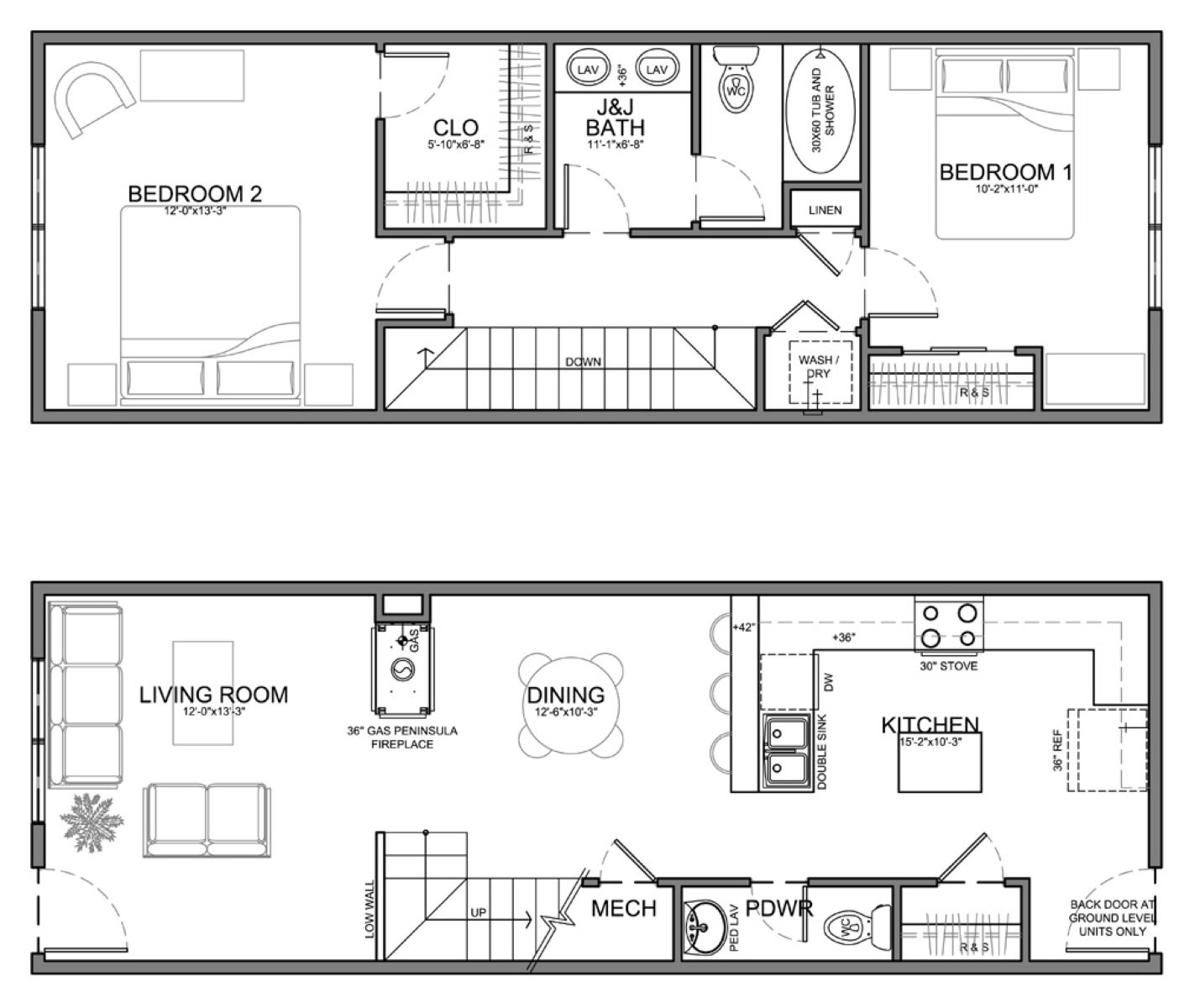

Architecture & Design
How To Build A Twenty-Foot Wide House Design
Modified: March 24, 2024
Discover the secrets of designing a spacious twenty-foot wide house with our expert architecture design tips. Transform your dream home into a reality!
(Many of the links in this article redirect to a specific reviewed product. Your purchase of these products through affiliate links helps to generate commission for Storables.com, at no extra cost. Learn more)
Introduction
Welcome to the world of architectural design! In this article, we will delve into the fascinating realm of building a twenty-foot wide house. Building a house is a monumental task that requires careful planning, strategic decision-making, and attention to detail. From choosing the right location to putting the finishing touches on the interior and exterior, every step is crucial in creating a functional and visually appealing living space.
Building a twenty-foot wide house comes with its own set of challenges and considerations. With a narrower width compared to conventional houses, it is essential to optimize the layout and maximize the available space. In this guide, we will explore the various aspects of designing and constructing a twenty-foot wide house, providing you with the knowledge and insights to make informed decisions throughout the process.
Before we dive into the specifics, it’s important to note that each house design is unique, and there are countless possibilities to explore. The goal is to create a space that suits your needs, reflects your personal style, and ensures the functionality and comfort of your home. So let’s embark on this architectural journey together and learn how to build a twenty-foot wide house that stands out in both design and functionality.
Key Takeaways:
- Building a twenty-foot wide house requires meticulous planning, from choosing the right location to installing doors and windows. Each step contributes to creating a functional and visually appealing living space.
- Collaboration with professionals, adherence to local regulations, and attention to personal style are crucial in bringing a twenty-foot wide house to life. Embrace the journey and enjoy creating your dream home!
Read more: How To Build A Carport Attached To House
Choosing the Right Location
When it comes to building a twenty-foot wide house, choosing the right location is a crucial step. The location of your house is not only important for convenience and accessibility but also plays a significant role in determining its market value and overall appeal. Here are a few factors to consider when selecting the perfect spot for your new home:
- Neighborhood: Research the neighborhoods you are considering and evaluate factors such as safety, proximity to amenities, schools, parks, and public transportation. Consider the overall vibe and ensure it aligns with your lifestyle and preferences.
- Orientation and Views: Pay attention to the direction of the sun, prevailing wind patterns, and any scenic views that might be available. Orienting your house in a way that maximizes natural light and takes advantage of pleasant views can greatly enhance the overall ambiance.
- Lot Size and Shape: Evaluate the size and shape of the lot you intend to build on. A twenty-foot wide house requires a suitable lot that can accommodate the desired footprint. Consider factors like setbacks, zoning regulations, and any site constraints that may affect the design and construction process.
- Accessibility: Assess the ease of access to main roads, highways, and public transportation. Think about your daily commute and consider the convenience of reaching essential services, such as grocery stores, healthcare facilities, and entertainment options.
- Future Development: Look into any potential future development plans in the area. Consider how these developments may affect your enjoyment of the property and its value over time. It’s important to strike a balance between choosing a location that is already developed and one that has potential for future growth.
- Budget Considerations: The location you choose can have a significant impact on construction costs. Determine your budget early on and consider factors like land prices, utility connections, and site preparation expenses. Keep in mind that prime locations often come with higher price tags.
It is also worth consulting with professionals, such as real estate agents and architects, who can provide valuable insights and guidance in the location selection process. With careful research and consideration, you can find the perfect location that suits your needs and sets the stage for a successful twenty-foot wide house project.
Planning and Designing the House
Once you’ve chosen the right location for your twenty-foot wide house, it’s time to dive into the exciting process of planning and designing. This stage is crucial as it sets the foundation for the entire project and determines the functionality, aesthetics, and flow of your future home. Here are the key considerations to keep in mind:
- Layout and Space Optimization: With a narrow width, it is essential to carefully plan the layout to maximize the available space. Consider the number of bedrooms, bathrooms, and common areas you require and how they can best be arranged within the limited footprint. Explore innovative storage solutions and multi-functional furniture to make the most of every square foot.
- Aesthetics and Style: Decide on the architectural style and overall design aesthetic you envision for your house. Whether you prefer a modern, minimalist, or traditional look, ensure that the design elements align with your personal taste and create a cohesive and visually appealing interior and exterior.
- Natural Light and Ventilation: Since a twenty-foot wide house may have limited exterior wall space, it’s crucial to maximize natural light and ventilation. Incorporate large windows, skylights, and strategically placed openings to bring in ample light and create a sense of openness.
- Utilities and Services: Determine the location of key utilities such as electrical panels, water meters, and HVAC systems. Plan the placement of plumbing fixtures and outlets to ensure functionality and avoid any unnecessary obstacles.
- Sustainability and Energy Efficiency: Incorporate sustainable design features and energy-efficient systems to reduce your environmental impact and save on utility costs. Consider options such as solar panels, high-performance insulation, and energy-efficient appliances to make your house more sustainable and budget-friendly in the long run.
- Future Expansion: Anticipate your future needs and consider any potential expansion possibilities. While a twenty-foot wide house may have limited expansion options, designing with flexibility in mind can provide you with opportunities to adapt and grow your living space if necessary.
During the planning and design phase, working closely with an experienced architect or designer is highly beneficial. They can guide you through the decision-making process, offer creative solutions, and ensure that your vision is translated into a realistic and functional design. Remember that careful planning and attention to detail at this stage will set the stage for a successful and satisfying construction process.
Foundation and Structural Considerations
As you move forward with your twenty-foot wide house project, the next step is to address the foundation and structural elements. The foundation serves as the base for your house, providing stability and supporting the weight of the structure. Here are some key considerations for this phase:
- Soil Assessment: Before constructing the foundation, it is crucial to assess the soil conditions of your site. Different soil types have different load-bearing capacities, which will impact the design of the foundation. Engage a geotechnical engineer to conduct soil tests and provide recommendations for the appropriate foundation design.
- Foundation Design: The foundation design will depend on various factors, including the soil conditions, the house’s structural requirements, and local building codes. Common foundation types for houses include slab-on-grade, crawl space, and basement. Work with a structural engineer to determine the most suitable foundation type for your twenty-foot wide house.
- Structural Materials: Consider the materials for the structural components of your house, such as the load-bearing walls and beams. Common options include wood, steel, and reinforced concrete. Each material has its pros and cons in terms of cost, durability, and construction considerations. Consult with your architect or structural engineer to determine the best choice for your specific project.
- Building Codes and Permits: Ensure that you comply with all local building codes and regulations regarding the construction of the foundation and structural elements. Obtain the necessary permits and inspections to ensure that your project meets all safety requirements.
- Waterproofing and Drainage: Given the importance of protecting the foundation from water damage, it is crucial to employ proper waterproofing techniques. Install a moisture barrier, adequate drainage systems, and appropriate landscaping to ensure that water is diverted away from the foundation.
- Seismic Considerations: Depending on your location, it may be necessary to consider seismic design requirements. If you are in an earthquake-prone area, work with a structural engineer to incorporate seismic-resistant features into the design, ensuring the safety and stability of your house.
Remember, the foundation and structural elements of your house are essential for its overall strength and longevity. Engaging professionals, such as structural engineers and geotechnical consultants, will ensure that these aspects are properly addressed, providing a solid and durable base for your twenty-foot wide house.
Framing and Building the Walls
Once the foundation and structural elements are in place, it’s time to move on to the framing and building of the walls. This phase involves constructing the framework of your twenty-foot wide house, which will ultimately support the roof and provide the structure for the interior and exterior walls. Here are the key considerations for this stage:
- Frame Material: Choose the appropriate material for the framing of your house. Common options include wood, steel, or a combination of both. Wood framing is traditional and offers flexibility and cost-effectiveness, while steel framing provides durability and resistance to pests and fire hazards. Consult with your contractor or architect to determine the most suitable material for your specific needs.
- Building Codes and Structural Requirements: Ensure that the framing design and construction comply with all local building codes and structural requirements. This includes factors like the size and spacing of framing members, bracing, and proper fastening techniques. Adherence to these regulations is crucial for the safety and stability of your house.
- Wall Layout: Plan the layout of the walls to optimize the use of space and create a functional interior. Consider the position of doors, windows, and any structural elements that may affect the wall layout. Work closely with your designer or architect to create a design that meets your specific needs and preferences.
- Insulation: Insulate the walls during the framing stage to ensure energy efficiency and soundproofing. Proper insulation will help regulate the temperature inside the house and reduce energy consumption. Choose insulation materials that are suitable for your climate and budget.
- Wall Sheathing: Install wall sheathing, which provides structural support and stability to the exterior walls. Common materials for wall sheathing include plywood or oriented strand board (OSB). Proper installation of wall sheathing is vital for ensuring the integrity and strength of the walls.
- Non-Load Bearing Walls: Consider incorporating non-load bearing walls, which are walls that do not support the weight of the structure. These walls can be used to divide rooms, create additional storage space, or provide privacy. Non-load bearing walls offer flexibility in the interior design and can be constructed using lightweight materials.
- Roof Connection: Ensure that the walls are properly connected to the roof structure to ensure stability and structural integrity. This entails properly securing the wall framing to the roof trusses or rafters, ensuring a seamless connection between the walls and the roof.
Proper framing and wall construction are essential for the overall strength and stability of your twenty-foot wide house. Working with experienced contractors and adhering to the construction plans and specifications will help ensure that your walls are built to the highest standards.
Roofing and Ceiling Installation
Once the walls of your twenty-foot wide house are in place, it’s time to focus on the roofing and ceiling installation. The roof not only protects your home from the elements but also plays a significant role in the aesthetic appeal of your house. Here are the key considerations for this stage:
- Roof Design: Choose a roof design that suits your style preferences and complements the overall architecture of your house. Common roof styles include gable, hip, flat, or shed roofs. Consider factors such as the climate in your area, local building codes, and the desired interior ceiling height when selecting the roof design.
- Roofing Materials: Select the appropriate roofing materials based on factors like durability, aesthetics, and budget. Common options include asphalt shingles, metal roofing, tiles, or slate. Each material has its own advantages and considerations, so consult with your contractor to determine the best choice for your specific needs.
- Structure and Ventilation: Ensure that the roof structure is properly engineered to accommodate the weight of the roofing materials. Install proper ventilation systems, such as ridge vents or soffit vents, to promote air circulation and prevent moisture buildup in the attic.
- Ceiling Design and Materials: Decide on the design and materials for your interior ceilings. Options include drywall, paneling, wood planks, or exposed beams. Consider factors such as acoustics, maintenance, and aesthetics when making your selections.
- Ceiling Insulation: Install insulation in the ceiling to improve energy efficiency and maintain a comfortable indoor environment. Proper insulation will help regulate the temperature, reduce energy consumption, and minimize sound transmission between floors.
- Skylights and Roof Windows: Consider incorporating skylights or roof windows to bring in natural light and increase the sense of openness in your house. Strategically placed skylights can illuminate darker areas and enhance the overall ambiance of the space.
- Finishing Touches: Pay attention to the finishing touches of your roofing and ceiling installation. Ensure proper flashing and sealing around penetrations like chimneys and vents to prevent water leaks. Paint or finish the interior ceiling to achieve the desired aesthetic and enhance the overall interior design.
As with any construction stage, it is important to work with experienced roofing contractors and adhere to local building codes and regulations. Proper installation of the roof and ceilings will result in a sturdy, weather-resistant, and visually appealing finished product.
When designing a twenty-foot wide house, consider open floor plans and multi-functional spaces to maximize the use of space. Use light colors and ample natural light to create a sense of openness.
Electrical and Plumbing Systems
As you progress with the construction of your twenty-foot wide house, it’s crucial to address the installation of electrical and plumbing systems. These systems are essential for the functionality and comfort of your home. Here are the key considerations for this stage:
- Electrical System: Work with a licensed electrician to design and install the electrical system in your house. Ensure that the electrical plan meets all safety codes and regulations. Consider factors like the number and location of outlets, lighting fixtures, and switches based on your specific needs and the layout of your house.
- Panel and Wiring: Install an electrical panel to provide power distribution throughout the house. The panel should accommodate an adequate number of circuits and meet the electrical load requirements. Properly run the electrical wiring from the panel to various outlets, switches, and light fixtures, ensuring safety and functionality.
- Plumbing System: Work with a licensed plumber to install the plumbing system in your house. Plan the placement of plumbing fixtures including sinks, toilets, showers, and bathtubs. Ensure that the plumbing design adheres to building codes and regulations, and consider factors like water efficiency and proper drainage.
- Water Supply: Connect your house to a reliable water supply system. Install pipes and valves to distribute water to various areas of the house. Consider the location of water meters, main shut-off valves, and any additional water treatment or filtration systems based on your water quality needs.
- Drainage and Sewage: Establish a proper drainage system to remove wastewater and sewage from your house. Install pipes, drains, and sewage lines connected to the municipal sewer system or a septic tank. Ensure that the drainage system operates efficiently to prevent backups and maintain a sanitary environment.
- Appliances and Fixtures: Coordinate the installation of electrical appliances and plumbing fixtures with the respective tradespeople. This includes connecting kitchen and bathroom fixtures, water heaters, HVAC systems, and any other electrical equipment or appliances within your house.
- Safety Measures: Incorporate safety measures into your electrical and plumbing systems, such as ground fault circuit interrupters (GFCIs) and arc fault circuit interrupters (AFCIs). These devices help protect against electrical shocks and fire hazards, ensuring the safety of your household.
Throughout this stage, it is essential to work with licensed professionals who understand the intricacies of electrical and plumbing systems. Proper installation and adherence to safety codes will result in a functional and efficient electrical and plumbing infrastructure for your twenty-foot wide house.
Insulation and Weatherproofing
Insulation and weatherproofing are critical components of your twenty-foot wide house, ensuring a comfortable and energy-efficient living environment. Proper insulation helps regulate indoor temperatures, reduces energy consumption, and improves soundproofing. Weatherproofing safeguards your home against moisture infiltration and drafts. Here are the key considerations for insulation and weatherproofing:
- Insulation Materials: Choose insulation materials that are suitable for your climate and meet the recommended R-value for your region. Common options include fiberglass batts, spray foam, cellulose, or rigid foam panels. Each material has its pros and cons in terms of cost, insulation performance, and installation requirements.
- Wall Insulation: Install insulation within the walls to enhance energy efficiency and thermal comfort. For a twenty-foot wide house, there may be limited space for insulation, so consider materials that offer the highest R-value within the available wall cavity. Ensure that the insulation is properly installed, avoiding gaps or compression that can diminish its effectiveness.
- Roof and Attic Insulation: Insulate the roof and attic areas to prevent heat loss in the winter and heat gain in the summer. Proper attic insulation can significantly improve the energy efficiency of your house. Consider insulating the attic floor, the roof deck, or a combination of both, depending on your specific needs and budget.
- Weather Stripping: Apply weather stripping around windows, doors, and other exterior openings to create a tight seal and prevent air drafts. Weather stripping helps to improve energy efficiency and reduce heating and cooling costs.
- Sealing and Caulking: Seal gaps and cracks in the building envelope to prevent air leakage and moisture intrusion. Inspect the exterior walls, windows, doors, and foundation for any openings and use caulk or sealants to provide a proper seal. This helps keep your house well-insulated and reduces the risk of water damage and mold growth.
- Vapour Barrier: Install a vapour barrier on the warm side of insulated walls and ceilings to control moisture diffusion. This barrier helps prevent moisture build-up within the walls, which can lead to mold and rot. It is essential to install the vapour barrier correctly to ensure its effectiveness.
- Proper Ventilation: Ensure that your house has adequate ventilation to maintain indoor air quality and prevent condensation. Incorporate mechanical ventilation systems, such as exhaust fans in bathrooms and kitchens, to remove excess moisture and odors.
- Energy-Efficient Windows and Doors: Consider installing energy-efficient windows and doors with high-quality insulation and low-E coatings. These features help reduce heat transfer and improve the overall energy efficiency of your house.
Insulation and weatherproofing should be done meticulously to achieve optimal results. Consulting with insulation professionals and following industry best practices will ensure that your twenty-foot wide house is well-insulated and protected from external elements.
Flooring and Interior Finishes
Choosing the right flooring and interior finishes for your twenty-foot wide house is essential for creating a cohesive and visually appealing space. The flooring sets the tone for each room, while interior finishes add the final touches that reflect your personal style. Here are the key considerations for flooring and interior finishes:
- Flooring Material: Select flooring materials that suit your lifestyle, design preferences, and budget. Common options include hardwood, laminate, tile, vinyl, carpet, or a combination of these. Consider factors such as durability, maintenance requirements, comfort, and aesthetics when making your decision.
- Functional Spaces: Choose flooring materials appropriate for each room’s function. For high-traffic areas like the entryway, kitchen, and living room, durable and easy-to-clean materials like tile or hardwood are often recommended. In bedrooms and cozy spaces, softer options like carpet or hardwood with area rugs can create a comfortable and inviting atmosphere.
- Color and Finish: Consider the color scheme and finish of the flooring to coordinate with the overall design concept. Light-colored flooring can make a space feel more open and spacious, while darker tones lend a sense of warmth and intimacy. Choose a finish that aligns with your desired aesthetic, such as matte, glossy, or textured.
- Wall Finishes: Determine the wall finishes that complement your design vision. Options include paint, wallpaper, or decorative wall panels. Consider the atmosphere you wish to create in each room and select finishes that highlight the desired ambiance and style.
- Trim and Molding: Pay attention to the details by adding trim and molding to enhance the walls and floors. Baseboards, crown molding, and chair railings can add character and elevate the overall aesthetic of your interiors.
- Cabinetry and Countertops: Choose cabinetry materials and countertop surfaces that harmonize with your flooring and overall design scheme. Options include wood, laminate, natural stone, quartz, or solid surface materials. Consider factors such as durability, maintenance, and style when making your selections.
- Lighting Fixtures: Install lighting fixtures that complement your interior finishes. Consider different types of lighting, such as ambient, task, and accent lighting, to create a well-lit and inviting environment. Choose fixtures that align with your design style and enhance the functionality of each space.
- Window Treatments: Complete the look of your rooms with window treatments that provide privacy, light control, and aesthetic appeal. Options include curtains, blinds, shades, or shutters. Select window treatments that coordinate with your flooring and wall finishes while fulfilling your practical needs.
Flooring and interior finishes contribute to the overall look and feel of your twenty-foot wide house. Make choices that reflect your personal style and create a harmonious design throughout your home. Consulting with interior designers or experienced contractors can provide valuable insight and guidance throughout this process.
Read more: How Wide Should A Front Porch Be
Installing Doors and Windows
Installing doors and windows in your twenty-foot wide house is a crucial step that not only enhances the functionality but also adds to the aesthetic appeal of your home. Proper installation ensures security, natural light, ventilation, and visual harmony. Here are the key considerations for installing doors and windows:
- Door Types: Determine the types of doors that best suit each area of your house. Common options include front entry doors, interior doors, sliding doors, and French doors. Consider factors such as space limitations, privacy needs, and architectural style when choosing the appropriate door types.
- Window Types: Select window types that complement your house’s design and enhance its functionality. Options include casement, double-hung, picture, bay, and sliding windows. Consider factors such as energy efficiency, ventilation, natural light, and views when selecting window styles for each room.
- Materials: Choose door and window materials that align with your preferences, budget, and maintenance requirements. Common materials include wood, vinyl, aluminum, fiberglass, or a combination of these. Each material has its own advantages in terms of durability, energy efficiency, and aesthetic appeal.
- Energy Efficiency: Opt for energy-efficient doors and windows to reduce heat loss and improve insulation. Look for Energy Star rated products that meet the strict energy efficiency guidelines. Properly sealed and insulated doors and windows help maintain indoor comfort and minimize energy costs.
- Security Measures: Ensure that doors and windows are equipped with reliable locks and security features to protect your home. Choose hardware that offers both style and functionality, such as sturdy deadbolt locks and secure window locks. Consider adding security film to windows for added protection against break-ins.
- Proper Installation: Hire professional installers to ensure that doors and windows are correctly installed. Improper installation may lead to air leaks, water infiltration, and compromised security. Well-installed doors and windows should have a tight seal, operate smoothly, and align properly within their frames.
- Window Treatments: Consider the window treatments that provide privacy, light control, and aesthetic appeal. Options include curtains, blinds, shades, or shutters. Select treatments that complement the style of your doors and windows while fulfilling your practical needs.
- Accessibility: Ensure that doors and windows are accessible to everyone, including individuals with disabilities or mobility restrictions. Install ramps, wider doorways, lever handles, and other accessibility features as needed to promote ease of use and inclusivity.
Installing doors and windows requires attention to detail and professional expertise. By carefully considering the type, material, energy efficiency, security, and proper installation, you can enhance both the functionality and aesthetics of your twenty-foot wide house.
Exterior Finishes and Landscaping
The exterior finishes and landscaping of your twenty-foot wide house play a significant role in creating curb appeal and enhancing the overall aesthetic appeal of your home. These elements not only contribute to the visual appeal but also provide functional and enjoyable outdoor spaces. Here are the key considerations for exterior finishes and landscaping:
- Siding and Cladding: Choose the appropriate siding or cladding materials to protect and beautify the exterior of your house. Options include vinyl, wood, fiber cement, brick, or stone. Consider factors such as durability, maintenance requirements, and architectural style when selecting the materials.
- Exterior Paint Colors: Select exterior paint colors that reflect your personal style and complement the architectural style of your house. Consider the surrounding landscape and any neighborhood or local design guidelines. Pay attention to color coordination between the siding, trim, and front door to create a visually appealing and cohesive look.
- Roofing: Ensure that the roofing materials and color harmonize with the overall exterior finishes. Consider factors such as durability, weather resistance, and aesthetics when choosing the roofing material. Properly maintain the roof to prolong its lifespan and ensure its functionality.
- Windows and Doors: Coordinate the color and style of windows and doors with the exterior finishes. Ensure that the finishes of the window frames and door trims complement the overall design concept. Consider architectural details like shutters, decorative moldings, and transom windows to enhance the visual appeal.
- Outdoor Lighting: Install outdoor lighting to enhance the safety, security, and ambiance of your outdoor spaces. Strategically placed light fixtures can highlight architectural features, pathways, and landscape elements. Consider energy-efficient options, such as LED lights, for a more sustainable lighting solution.
- Landscaping Design: Plan and design the landscaping to create an inviting and harmonious outdoor environment. Consider elements such as trees, shrubs, flowers, and turf to add beauty and enhance the natural surroundings. Include functional features like pathways, seating areas, or a patio to encourage outdoor living and enjoyment.
- Hardscape Elements: Incorporate hardscape elements such as walkways, driveways, and retaining walls into your landscaping design. Choose materials that complement the architectural style of your house and ensure they are installed properly to withstand weather and usage.
- Sustainable Practices: Consider sustainable landscaping practices to minimize water usage and reduce maintenance needs. Incorporate native plants, use water-efficient irrigation systems, and consider rainwater collection methods. Sustainable landscaping not only benefits the environment but also reduces long-term maintenance costs.
- Outdoor Living Spaces: Create functional and comfortable outdoor living spaces that extend your living area. Add features like a deck, patio, or outdoor kitchen depending on your space and budget. Consider privacy screens, shading solutions, and outdoor furniture that enhance the usability and enjoyment of your outdoor areas.
Designing the exterior finishes and landscaping involves a careful balance of aesthetics, functionality, and sustainability. Thoughtful consideration of these elements will create an inviting and visually pleasing exterior, further enhancing the overall appeal of your twenty-foot wide house.
Conclusion
Building a twenty-foot wide house is an exciting yet challenging endeavor that requires careful planning, design, and attention to detail. Throughout this article, we have explored the various stages involved in creating a functional and visually appealing living space. From choosing the right location to installing doors and windows, each step contributes to the overall success of your project.
When selecting a location, factors such as neighborhood, orientation, and future development plans should be carefully considered. Planning and designing the house involve optimizing the layout, choosing the right materials, and incorporating sustainability and flexibility for future growth.
The foundation and structural considerations set the groundwork for a solid and stable structure, while framing and building the walls create the framework for your home. Roofing and ceiling installation provide protection from the elements and add aesthetic value to your house.
Electrical and plumbing systems ensure functionality and convenience, while insulation and weatherproofing contribute to energy efficiency and comfortable living. Choosing the right flooring and interior finishes enhances the overall design and ambiance of your home.
Installing doors and windows not only allows natural light and ventilation but also adds security and aesthetic appeal. The exterior finishes and landscaping play a crucial role in creating curb appeal and enhancing the outdoor spaces, contributing to the overall beauty of your twenty-foot wide house.
Throughout the entire process, it is important to consult with professionals, including architects, contractors, and designers, who can provide expertise and guidance in creating a successful project. Adhering to local building codes and regulations ensures compliance and safety.
By considering these various aspects, you can create a functional, visually appealing, and comfortable living space in your twenty-foot wide house. Remember, this guide serves as a starting point, and your personal style and preferences will truly make your house a home.
So, embrace the journey of building your twenty-foot wide house, and enjoy the process of bringing your dream home to life!
Frequently Asked Questions about How To Build A Twenty-Foot Wide House Design
Was this page helpful?
At Storables.com, we guarantee accurate and reliable information. Our content, validated by Expert Board Contributors, is crafted following stringent Editorial Policies. We're committed to providing you with well-researched, expert-backed insights for all your informational needs.
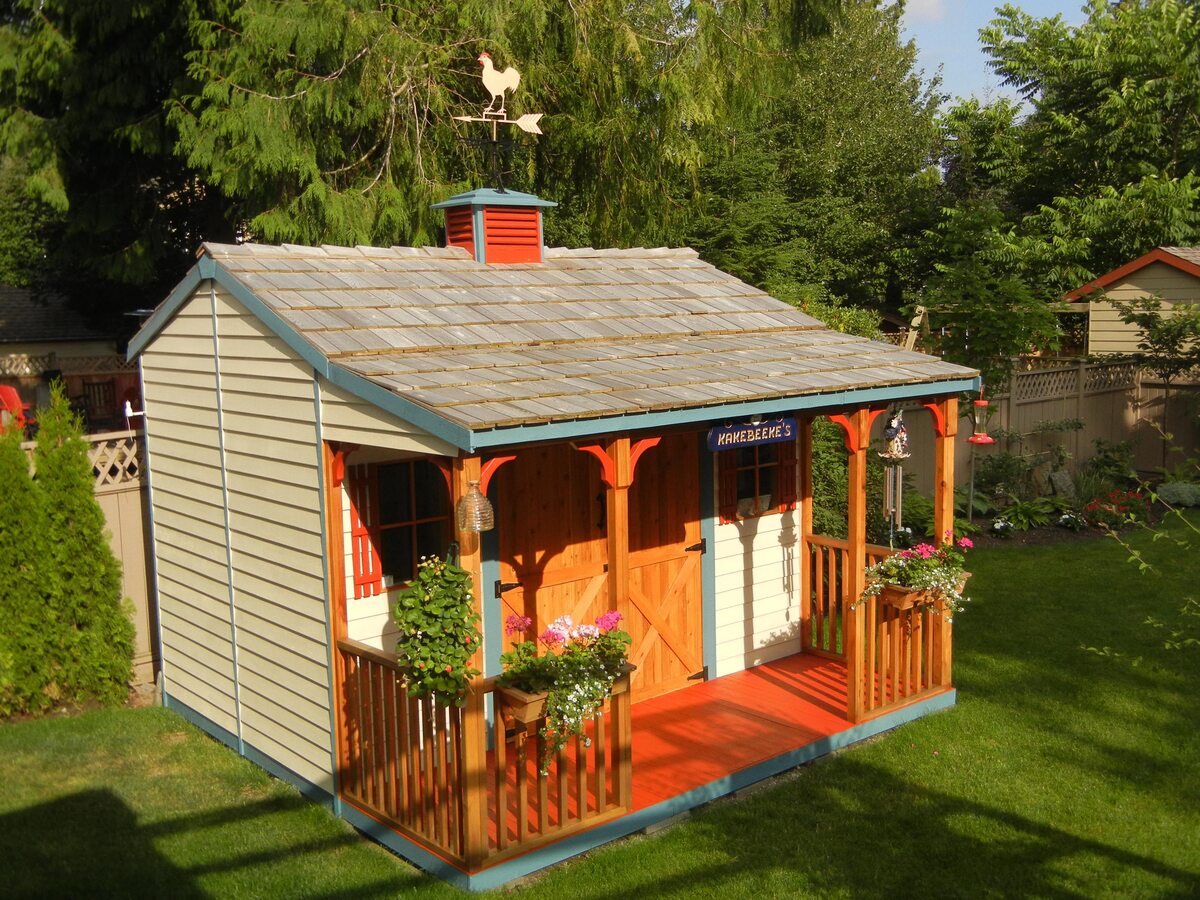
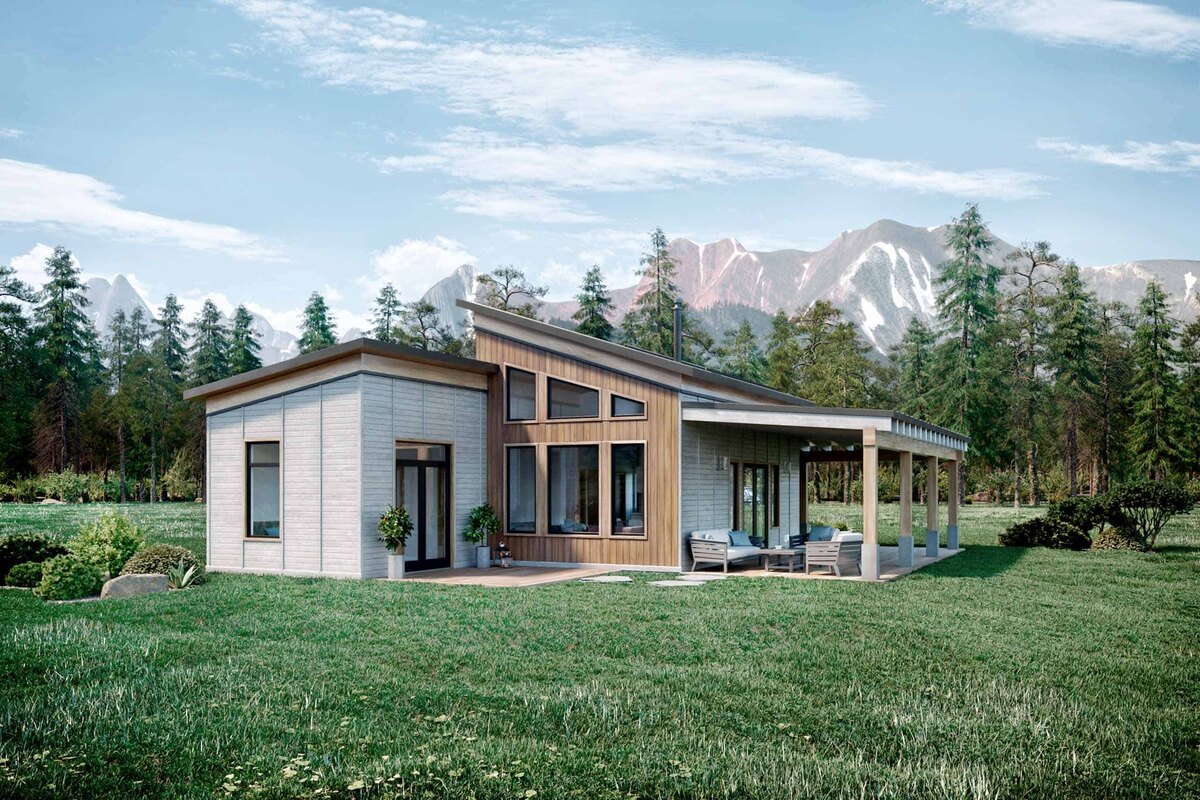


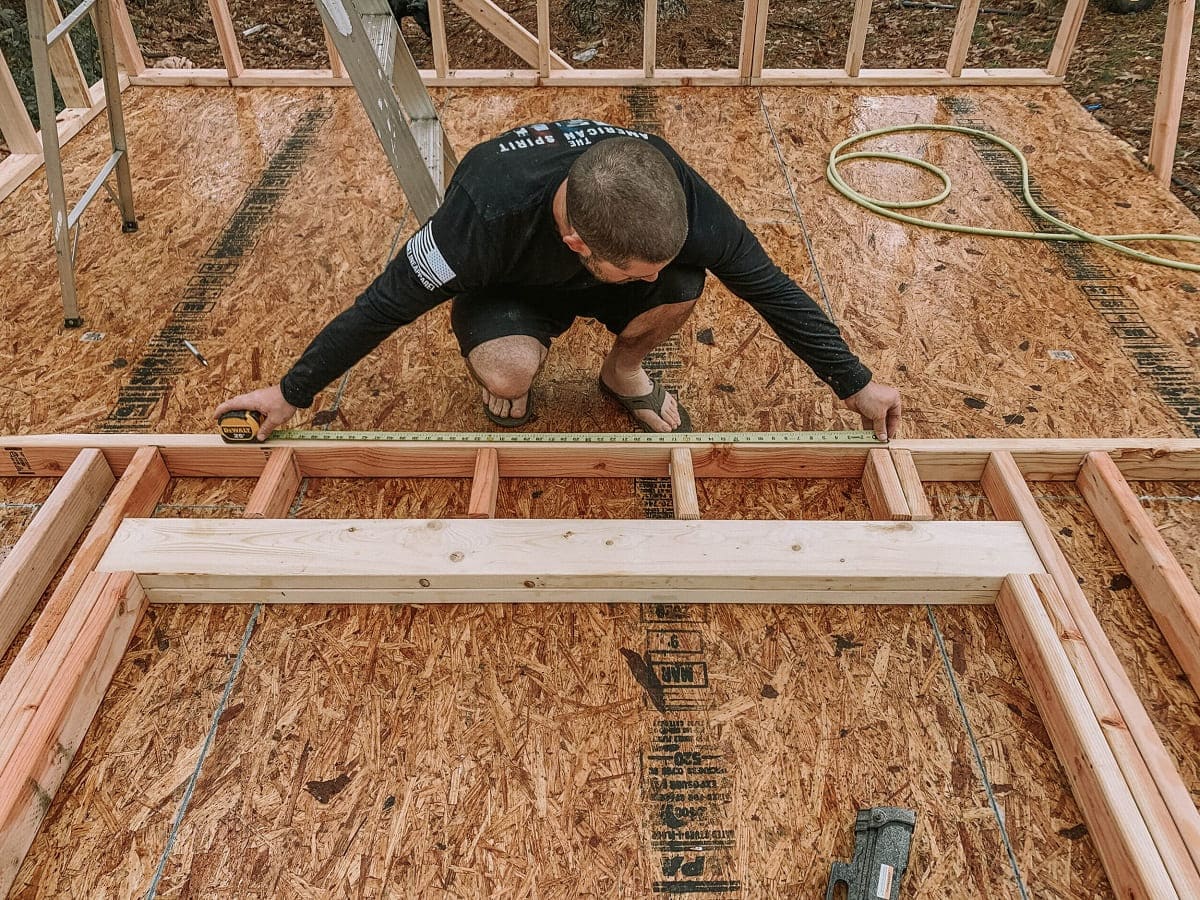
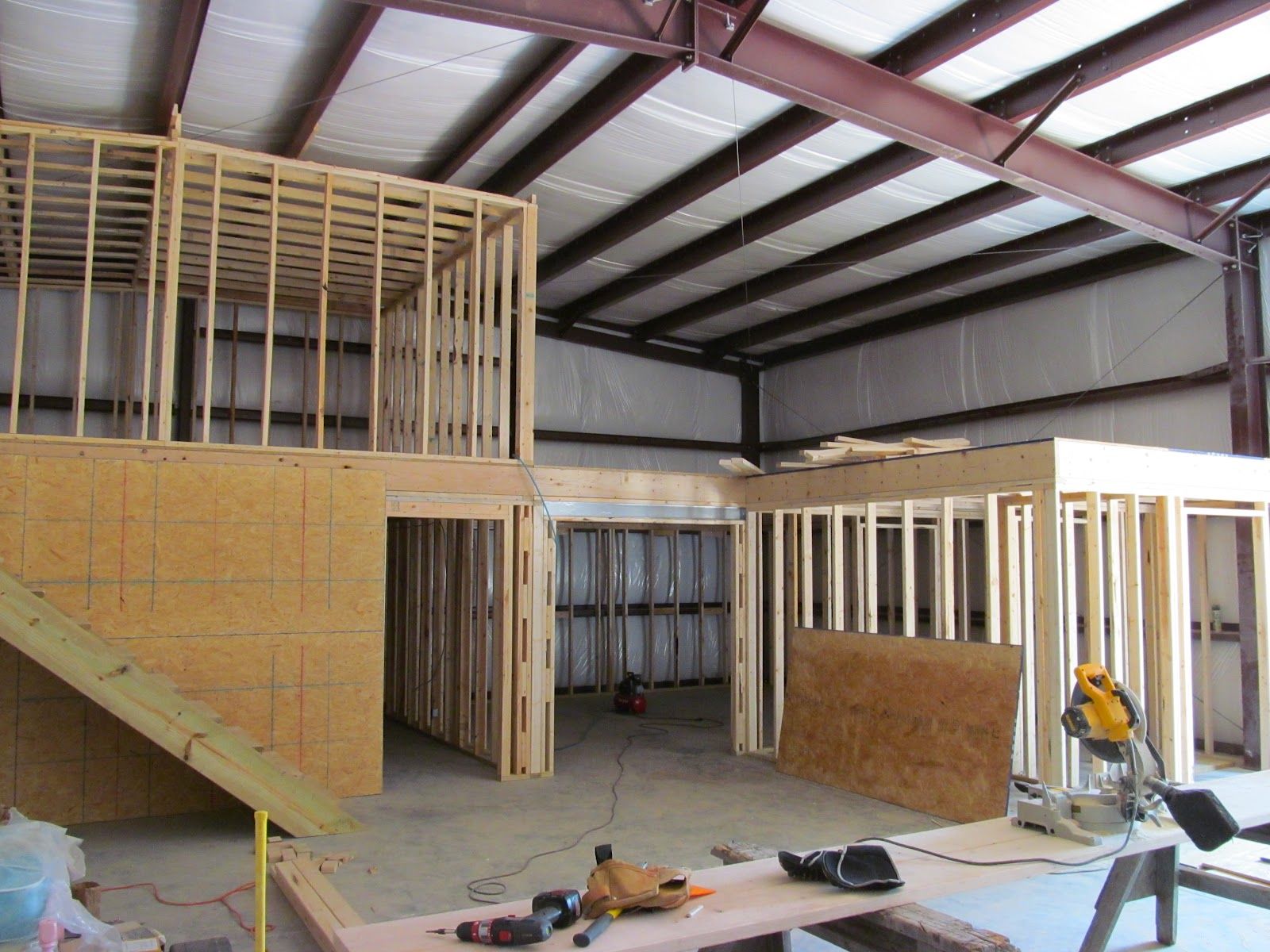
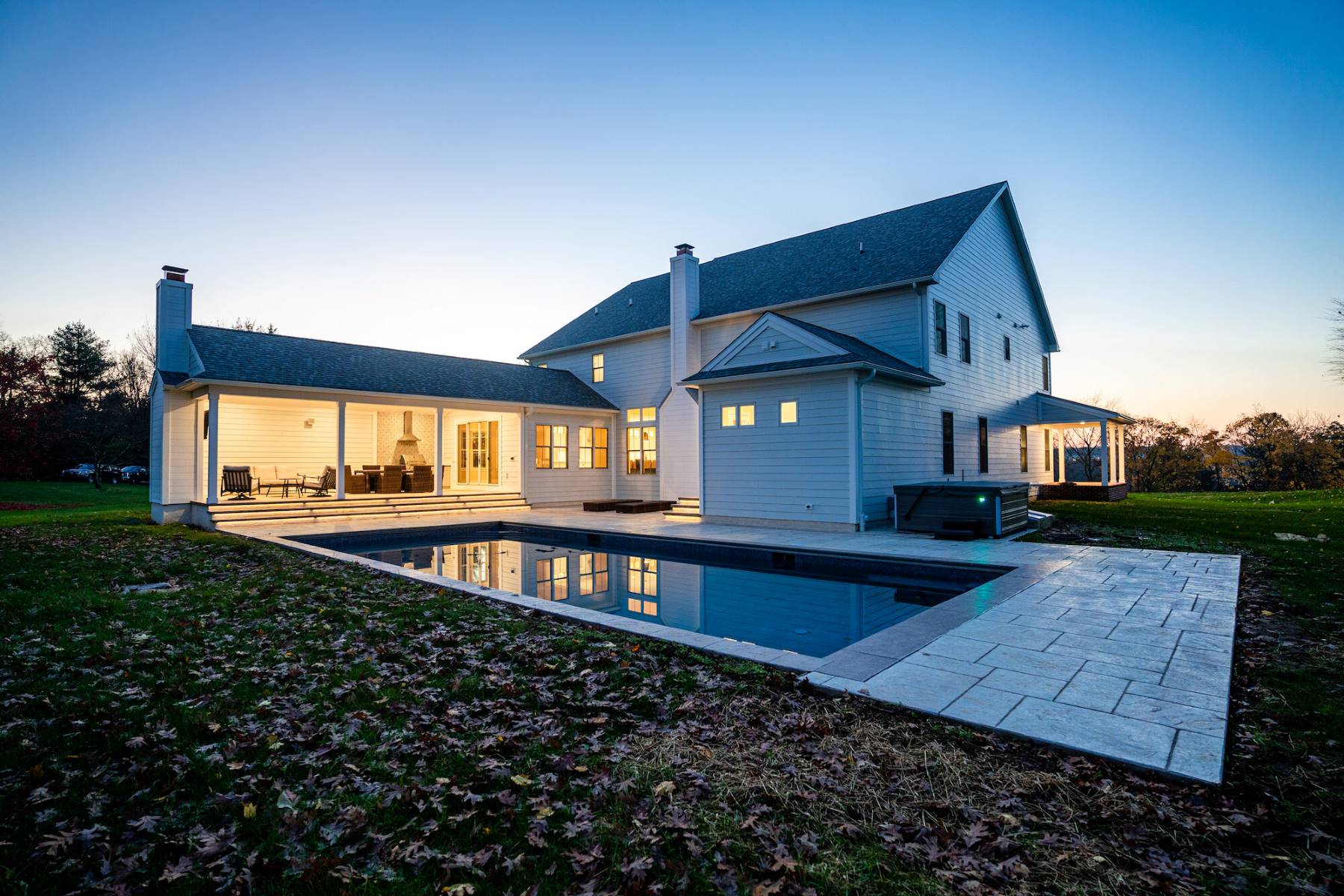
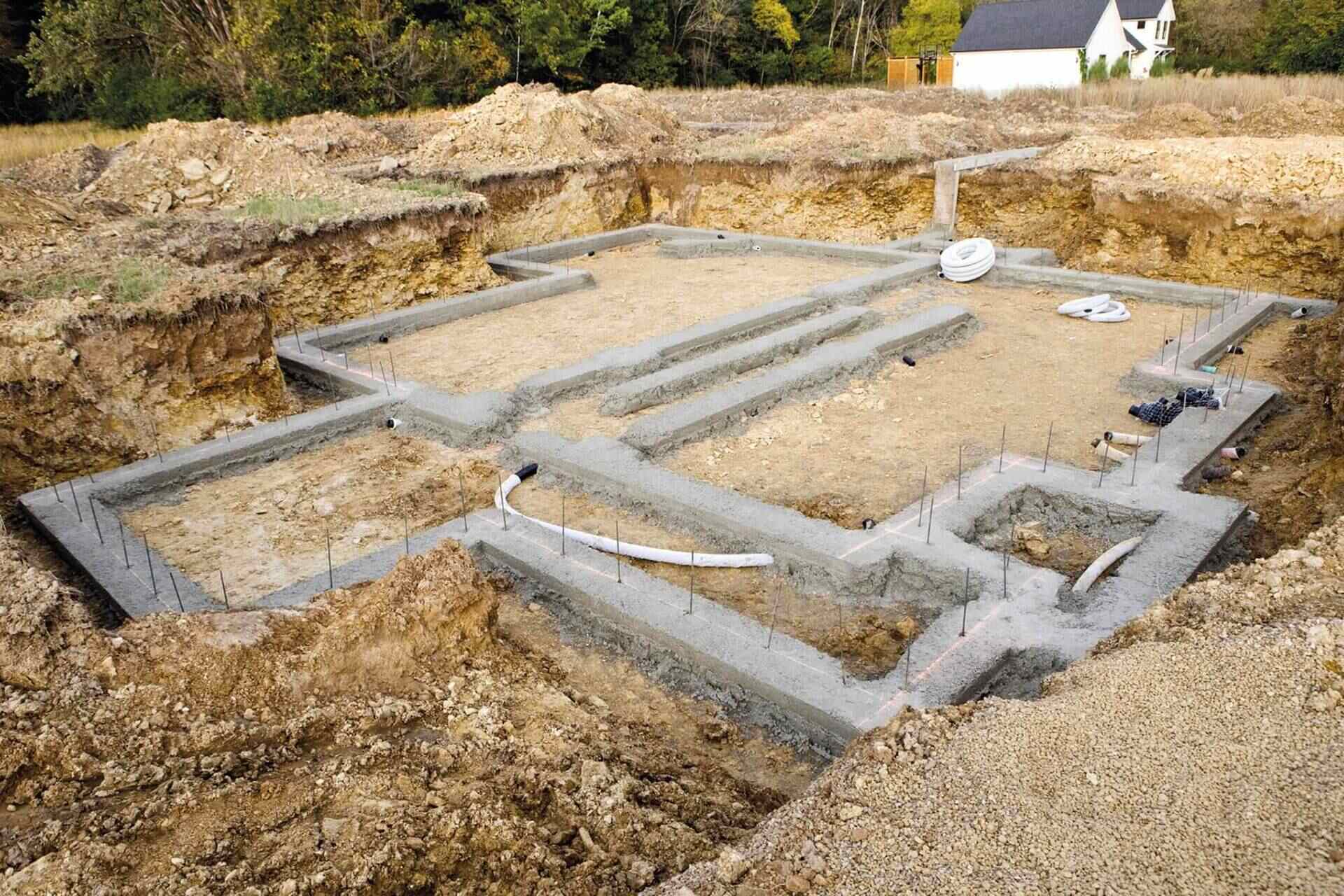
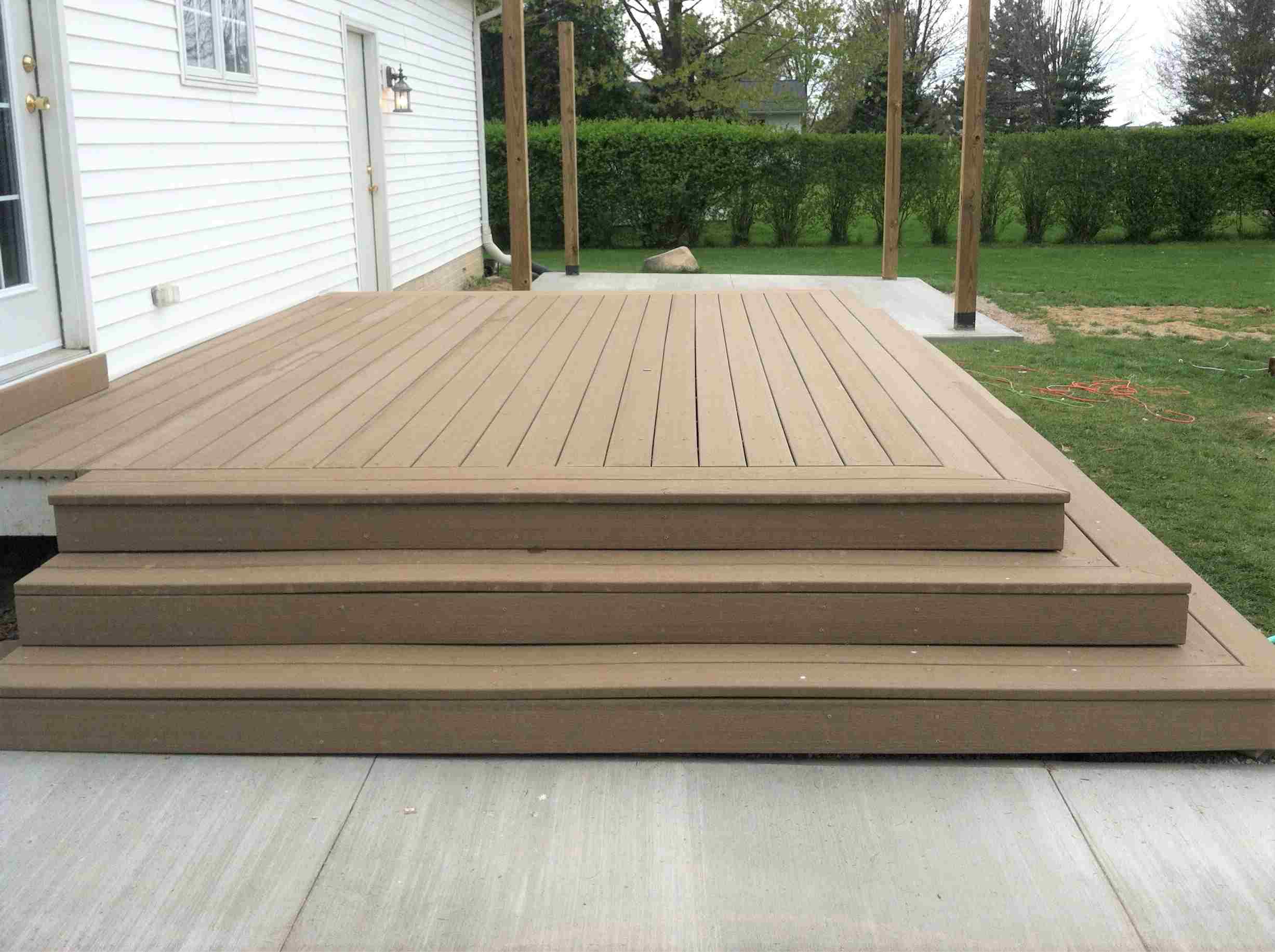
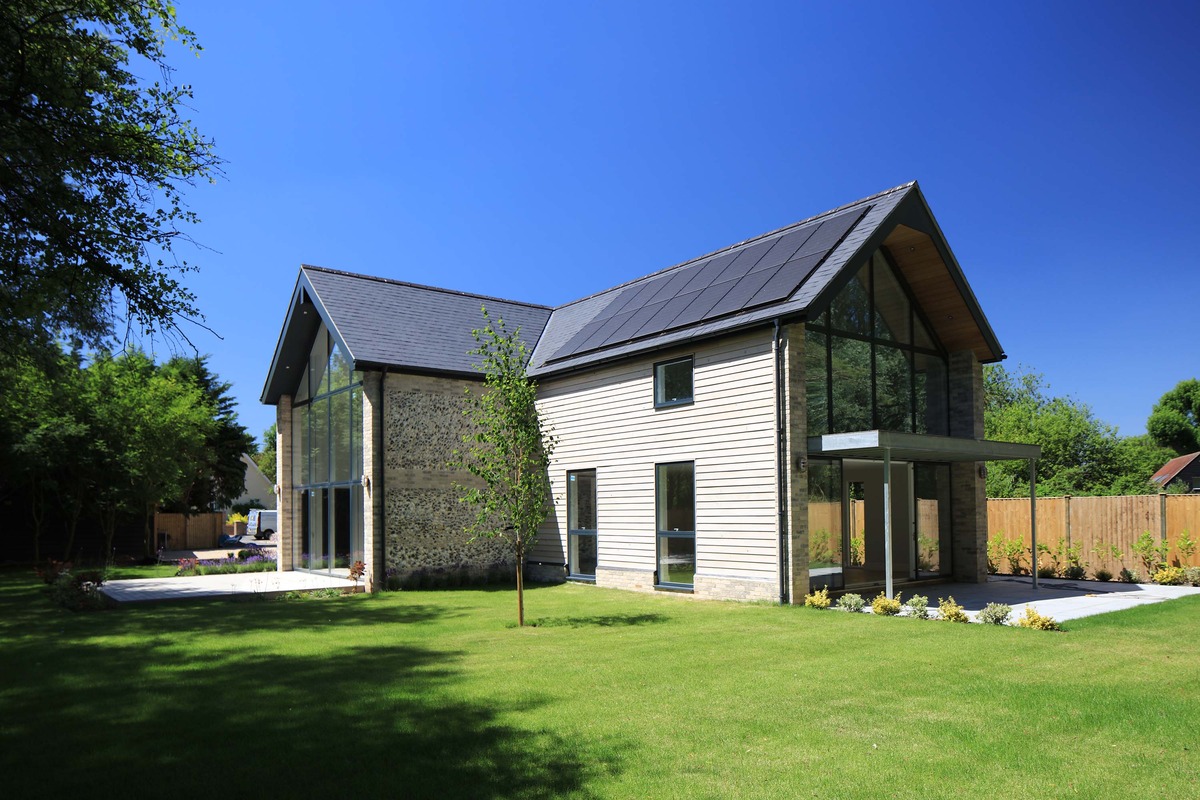
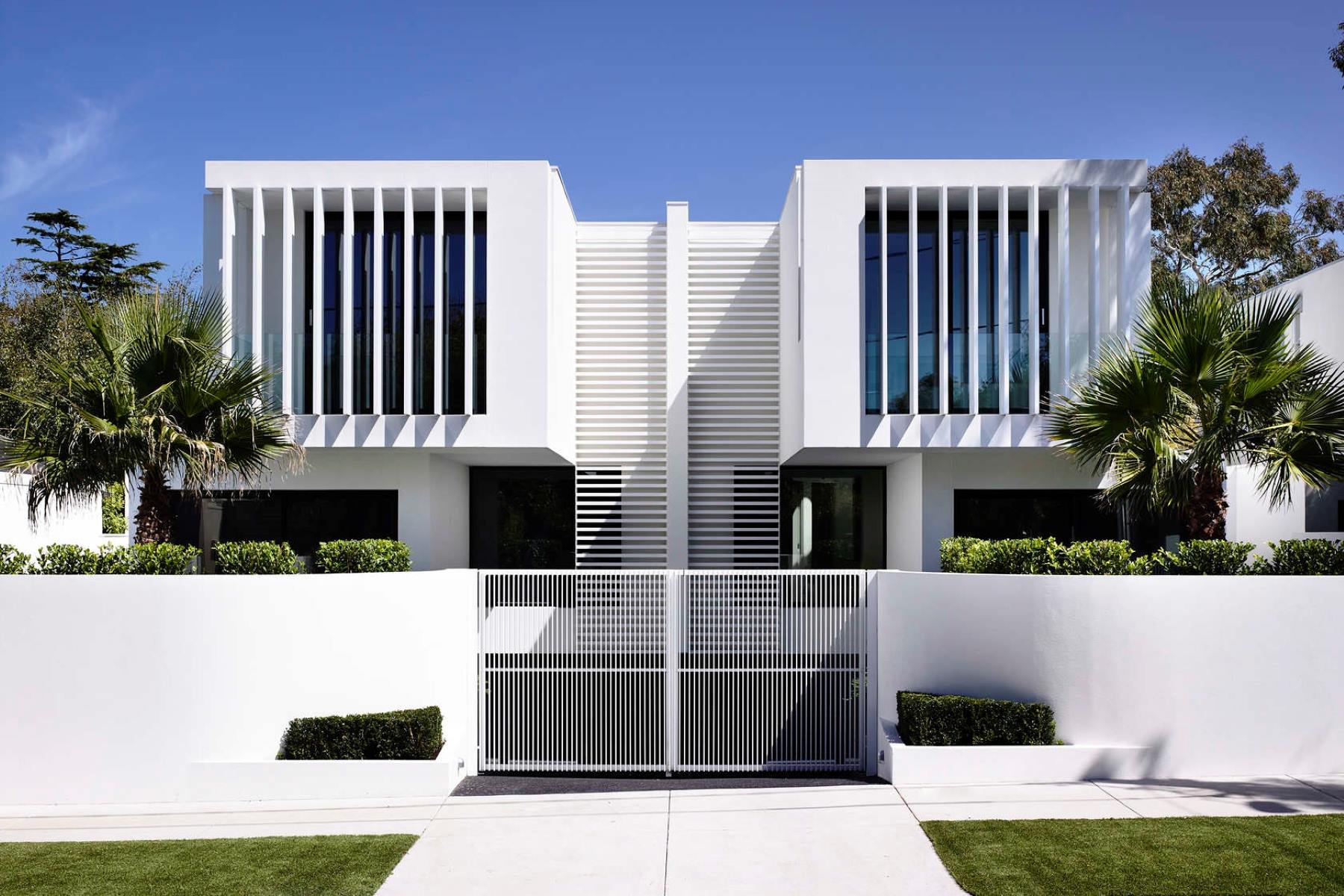
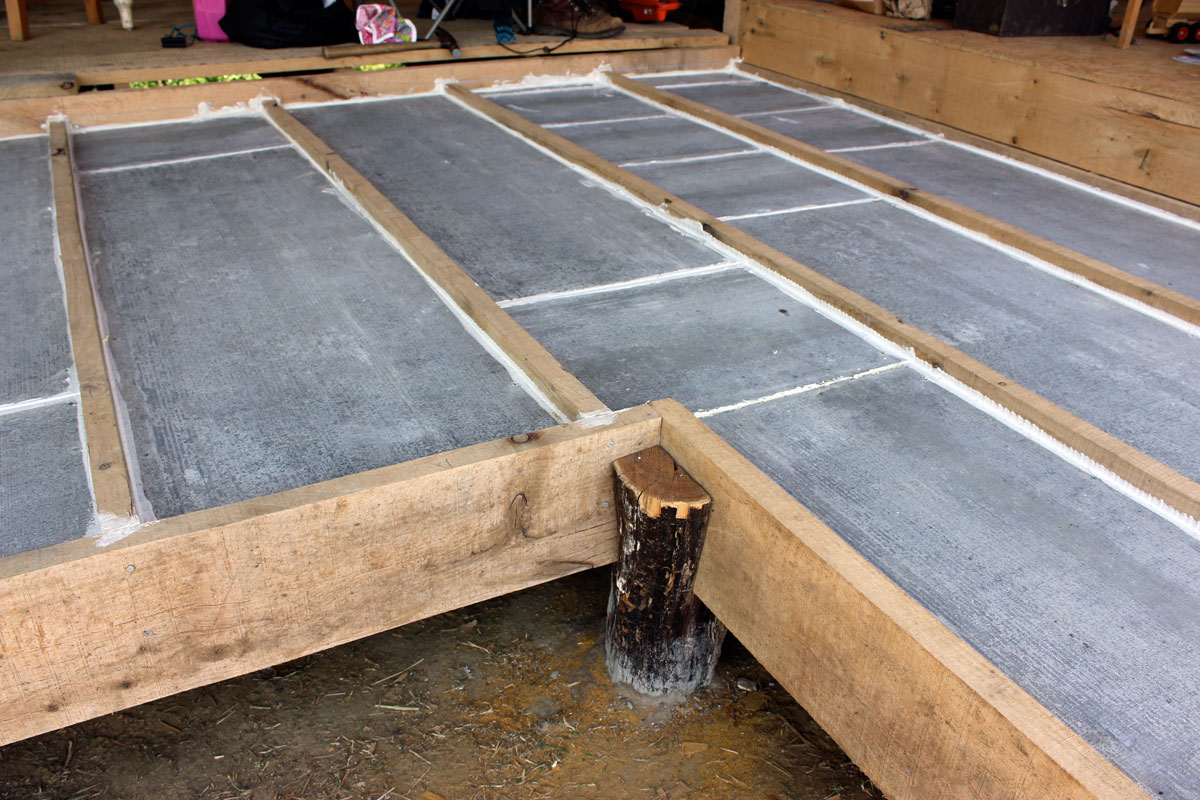
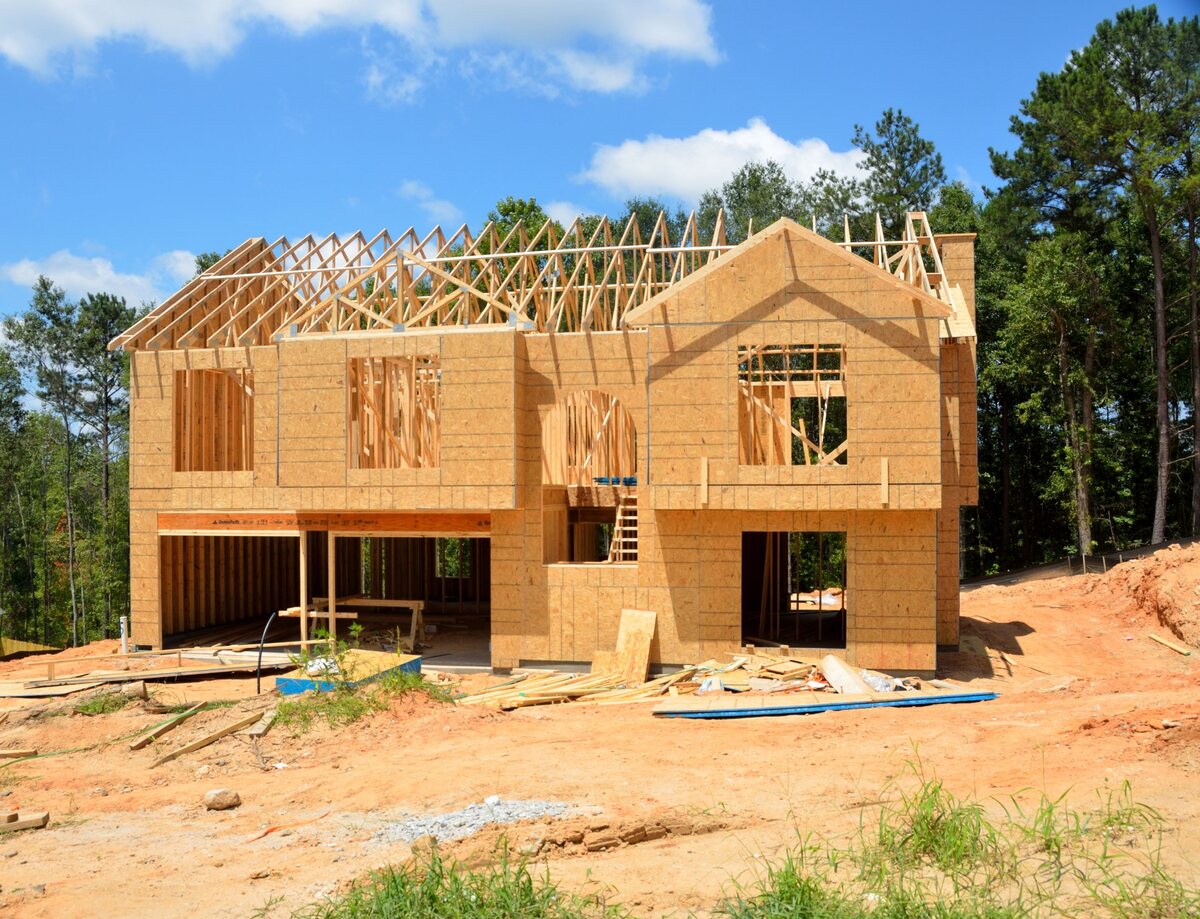

0 thoughts on “How To Build A Twenty-Foot Wide House Design”